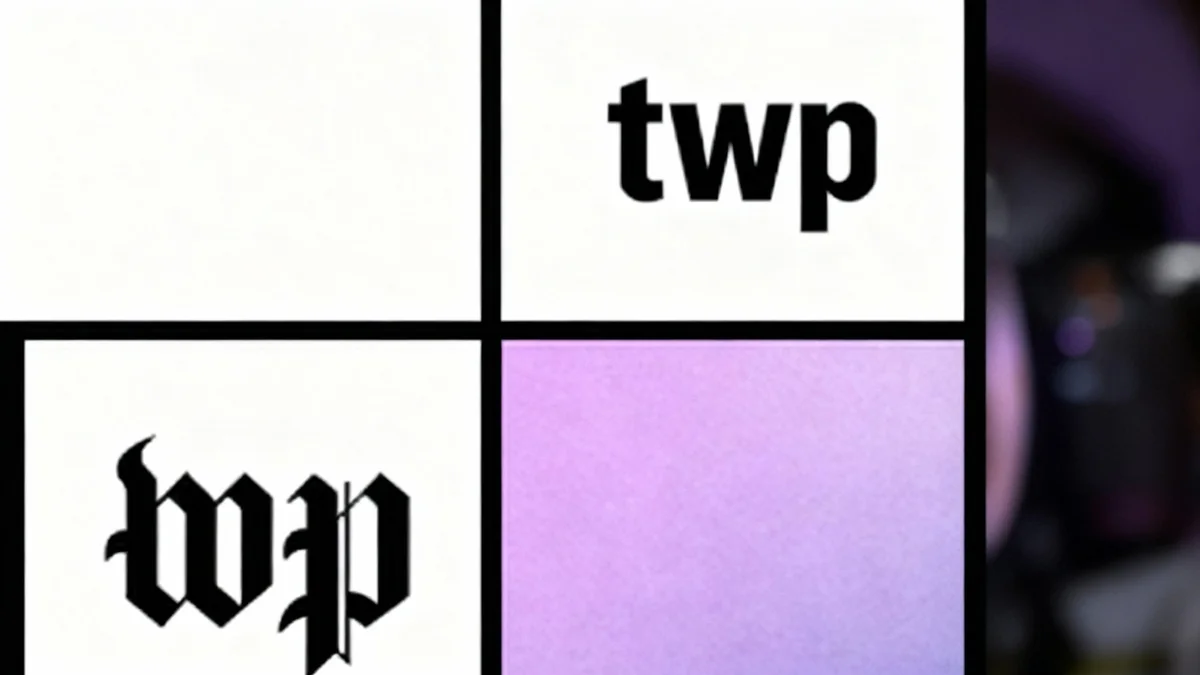A perplexing viral meme known as 'six-seven' is sweeping through UK schools, leaving teachers frustrated and students chanting in unison. The phrase, often accompanied by a hand gesture, has become a significant source of classroom disruption, with a recent survey revealing its widespread impact on both primary and secondary education.
The meme's origin is traced to a video from a US basketball game, but its meaning remains intentionally vague. This ambiguity has not stopped its rapid spread, turning simple numbers into triggers for coordinated outbursts, particularly affecting subjects like mathematics and physical education.
Key Takeaways
- A survey of 10,000 teachers found 80% of secondary school educators have heard the 'six-seven' phrase in class.
- The trend is also present in primary schools, with 50% of teachers reporting its use among younger children.
- Maths teachers are most affected, as any mention of the numbers six or seven can trigger a disruptive response from students.
- The meme's meaning is unclear even to most teachers and students, contributing to its disruptive nature.
The Scale of the Disruption
The 'six-seven' phenomenon has reached a critical mass in British schools. According to data from a survey of 10,000 educators conducted by the Teacher Tapp polling app, four out of five secondary school teachers reported hearing the phrase called out in their classrooms last week alone.
The prevalence is even higher among younger staff members, with 90% of teachers in their 20s confirming they have encountered the meme. This suggests a generational gap in both exposure and understanding of the trend. While secondary schools are the epicenter, the craze is not confined to older students. Half of all primary school teachers surveyed said they have also heard the phrase used by their pupils.
The disruption is not limited to verbal interruptions. Teachers have reported students requesting to have the numbers '6-7' painted on their faces for school events like half-term discos, indicating how deeply the meme has integrated into youth culture.
What is the 'Six-Seven' Meme?
The 'six-seven' meme involves students chanting the phrase, often pronounced "six sevvv-an," sometimes accompanied by an up-and-down weighing motion with their hands. Its meaning is deliberately obscure, ranging from a simple acknowledgment of the numbers to an expression of indifference, similar to "meh." This lack of a fixed definition is part of its appeal and what makes it so baffling for educators.
Impact on Classroom Learning
The seemingly harmless phrase is having a tangible impact on the learning environment. Maths classrooms have become a particular flashpoint. Any lesson involving the numbers six or seven, a reference to page 67, or even the year 1967 can derail a lesson instantly.
A maths teacher at a London school described the situation with clear frustration. "It’s the most brain dead meme in the history of brain dead memes," he stated, adding that its primary function seems to be as "an excuse for some children to make noise." This teacher has resorted to issuing detentions to manage the repeated interruptions.
The disruption extends beyond mathematics. Physical education teachers find themselves managing outbursts when organizing students into groups or calling out drill numbers. The situation is reportedly similar in the United States, where some educators actively avoid creating groups of six or seven to prevent triggering the meme.
By the Numbers: 'Six-Seven' in Schools
- 80% of secondary teachers heard the phrase last week.
- 90% of teachers in their 20s are familiar with it.
- 50% of primary school teachers have encountered it.
- Barely 50% of the youngest teachers feel confident they understand its meaning.
School Leadership and Teacher Response
School administrators and teachers are grappling with how to respond. While some, like the London maths teacher, have taken a disciplinary approach, others are adopting a more patient strategy. The consensus among many is that direct confrontation may only fuel the trend.
Caroline Lowing, a headteacher in Hampshire, expressed a more relaxed view. "As with every craze, we just tend to ride the wave until it dies down," she explained. "In my opinion, it will be over soon and we move on to the next thing." This perspective reflects an understanding that such fads are often short-lived and part of the ever-changing landscape of student culture.
"It's meaningless and it is just an excuse for some children to make noise."
– A London Maths Teacher
However, the lack of understanding about the meme is a significant challenge. The Teacher Tapp survey found that the vast majority of teachers could not explain what 'six-seven' meant. Even among the youngest cohort of educators, who are typically more attuned to internet culture, confidence in understanding the meme was barely at 50%.
The Evolution of Student Slang
The rise of 'six-seven' marks a shift in the type of slang dominating schoolyards. It has reportedly displaced last year's viral champion, 'skibidi,' which referred to an animated web series featuring toilets with human heads. While 'skibidi' was a specific reference, 'six-seven' is more abstract and can be triggered by common classroom language, making it more pervasively disruptive.
Educators are already seeing the next wave of slang on the horizon. The same survey that highlighted the 'six-seven' phenomenon also noted the increasing use of the words 'cooked' or 'cook'. Nearly half of all secondary teachers reported hearing this term, which is used to mean something is finished or to encourage someone to continue.
As digital culture continues to accelerate, schools face the ongoing challenge of managing trends that can appear overnight and spread globally within days. The 'six-seven' meme serves as a potent example of how quickly online phenomena can manifest as real-world disruption in the classroom, forcing educators to adapt to a constantly evolving social landscape.





